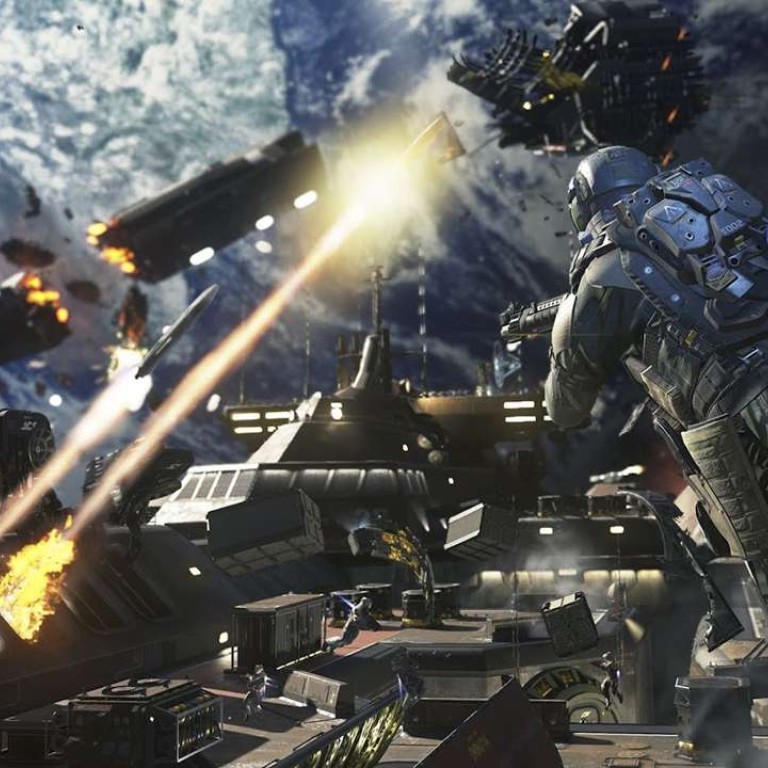
How bestselling video game Call of Duty got a sci-fi makeover and left earth
To meet demand for a new instalment every year, Activision outsourced the development of the series to three studios. This year, original studio Infinity Ward has taken the game where it’s never been: outer space
The first-person action blockbuster Call of Duty presses forward with its next November adventure, Call of Duty: Infinite Warfare, taking video game players into outer space, zipping around in spaceships and engaging in combat aboard space stations.
It’s a slightly different approach to the traditional Call of Duty game, which saves its heroic moments for combat on earth.
“Clearly, [video game studio] Infinity Ward has taken some bold, creative steps with this game,” says Activision Publishing chief executive Eric Hirshberg, noting it still “feels and plays” like Call of Duty should.
Over the weekend, fans of the popular franchise got a taste of new features for the game’s multiplayer mode, where players battle in a variety of competitive matches online with human opponents, at the Call of Duty XP eventin Los Angeles.
Although it’s a first-person shooter, Call of Duty’s players often work in teams to skirmish in different competitive matches, including Capture The Flag, Team Deathmatch (the team with the most in-game “kills” wins) and Domination (players capture key points on the map and protect them from the opponent).
New to Infinite Warfare is a match type called Defender.
“It’s like playing keep away when we were kids,” says Dave Stohl, the head of Infinity Ward, the studio developing Infinite Warfare. “It’s like having the ball and you’re trying to keep it away from the other team.”

Infinity Ward boasts a long history with Call of Duty. The franchise originated there, with its initial release in 2003, and the series’ pivotal shift to modern warfare started at this studio.
To maintain a schedule calling for a new Call of Duty game each year, Activision alternated development duties between Infinity Ward and game studio Treyarch before adding a third studio, Sledgehammer Games, to extend the time developers have to work on their version of the game.
“Once Call of Duty reached the scale that it did, suddenly if you do anything less than deliver an incredible blockbuster every year, you’re disappointing,” says Hirshberg.
Call of Duty is the biggest game in the video game industry’s biggest market: the “shooter” category, a type of action game where players are primarily involved in combat with various firearms.
According to NPD Group, “shooters” such as Call of Duty represented 24 per cent of all physical PC and console software sold in 2015, the largest share of any game genre.
Hirshberg says making an existing franchise feel different each year is “the less appreciated assignment” in video games, but one Activision appears to have figured out with every new game launch.
“There is a feel and a visceral impact and thrill ride quality that Call of Duty games have that no one has ever been able to match,” says Hirshberg.
“We’ve been willing to take some creative risks with the franchise, and willing to play with the formula. As a result, we’ve managed to keep it fresh.”
